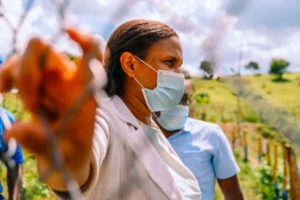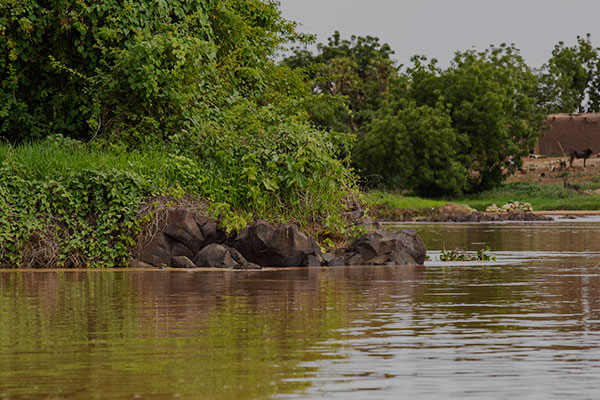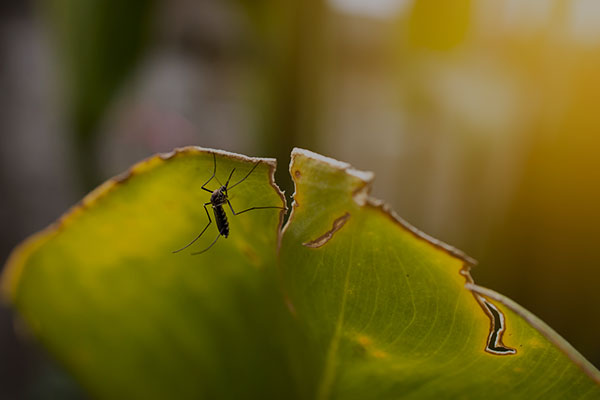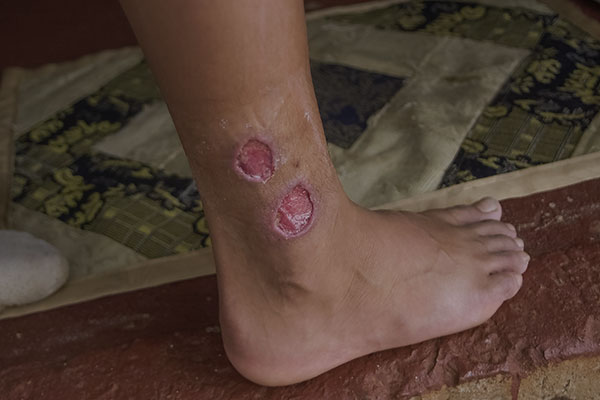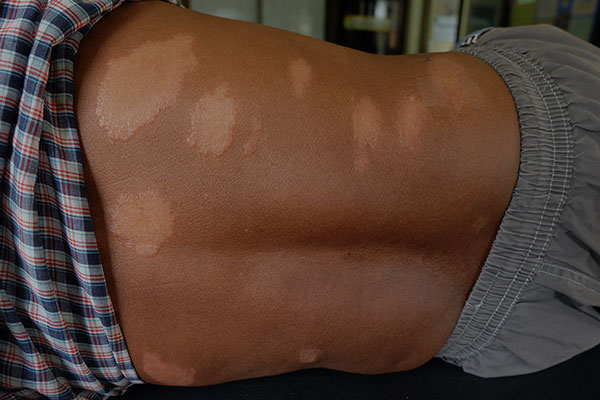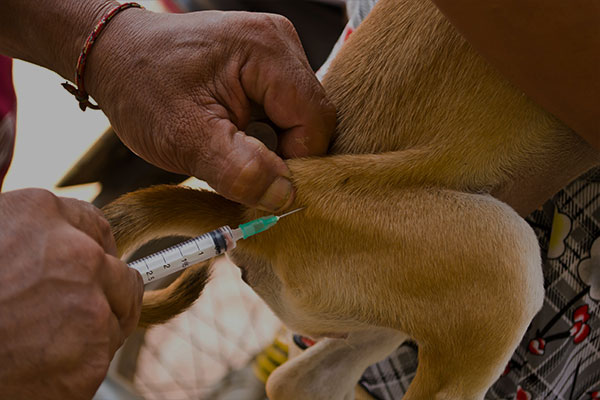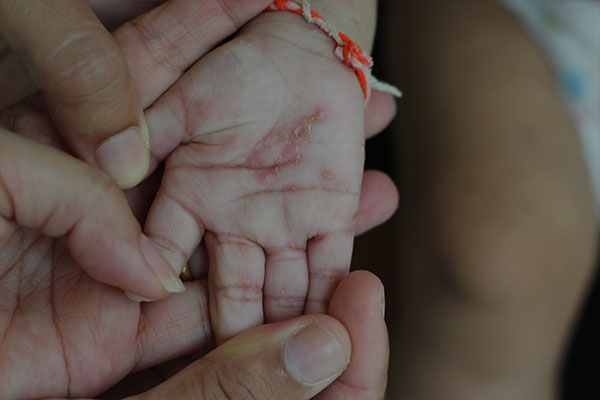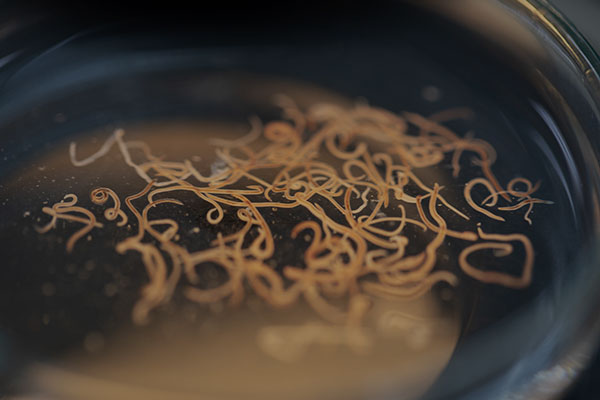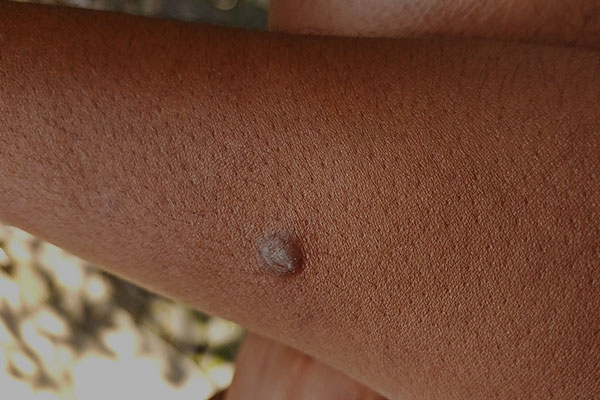Neglected Tropical Diseases (NTDs)
What are NTDs?
Neglected Tropical Diseases (NTDs) are a range of parasitic, bacterial, viral, and fungal infections. NTDs are mainly prevalent in tropical and sub-tropical areas, and mainly affect the poorest people in society. They are grouped together due to their often chronic, disfiguring, and stigmatising impact, their close association with poverty, and their geographic overlap. There are twenty diseases in the portfolio of NTDs (river blindness and lymphatic filariasis are both neglected tropical diseases) categorised by the World Health Organization (WHO) with a series of targets of varying ambition relating to their control, elimination of transmission, elimination as a public health problem by 2030 – and ultimate eradication.
NTDs are found in several countries in Africa, Asia, the Pacific and Latin America, most often in places where people do not have access to clean water or safe ways to dispose of human waste. NTDs impose a human, social and economic burden on over 1 billion people in all countries of the world. The burden is particularly severe in low-income countries and in the most disadvantaged communities in middle-income countries. Eliminating the spread of neglected tropical diseases worldwide would save thousands of lives each year.
Types of ntds

What Causes neglected tropical diseases?
To achieve the elimination of neglected tropical diseases, we need to look at what causes them. Many neglected tropical diseases are vector-borne, and many have an animal reservoir as part of their lifecycle. Controlling the vectors (e.g., mosquitoes or black flies) that transmit these diseases and improving basic water, sanitation and hygiene are highly effective strategies against these NTDs.
Prevention and Treatment Of NTDs
There are five strategies for tackling NTDs:
Preventive chemotherapy
Preventive chemotherapy is a disease control strategy used in areas endemic for certain neglected tropical diseases (NTDs) and focuses on the delivery of safe and effective drugs for specific target groups. The NTDs for Preventive Chemotherapy (PC-NTDS) is relevant are onchocerciasis, lymphatic filariasis, dracunculiasis, schistosomiasis, soil transmitted helminthes, and trachoma. Preventive Chemotherapy helps decrease the burden of disease, prevent permanent physical impairments, and minimises chronic pain.

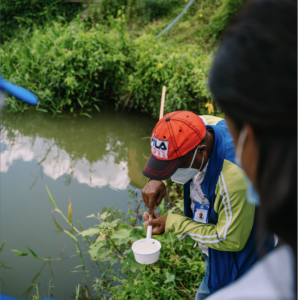
Vector ecology and management
Vector ecology and management is the implementation of control measures to target vectors that transmit pathogens that result in infectious diseases. These vectors include mosquitoes, flies, ticks, and bugs, and control methods can include insecticide-treated bed nets and water, sanitation, and hygiene measures.
Veterinary public health and One Health Approaches
This approach acknowledges that the health and well-being of people is connected to the health of animals and the environments in which people and animals live. Ensuring safe living environments for animals and proper health can help prevent transmission of disease from animals to humans.
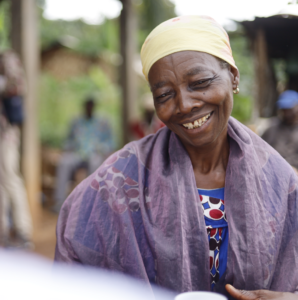

Water, Sanitation, and Hygiene (WASH)
Many vectors for neglected tropical diseases live in environments where there is unsafe water and inadequate sanitation and hygiene. Safe storage of water, draining or treating stagnant water, and ensuring appropriate sanitation and hygiene facilities and interventions can help reduce exposure to disease-transmitting vectors.
Elimination of Neglected Tropical Diseases
In 2020, the World Health Organization approved a revised Roadmap for NTDs 2021-2030, which aims to strengthen the global response via three important shifts:
- Stronger accountability by shifting from process to impact indicators
- Integrated approaches that shift away from vertical programming
- Stronger country ownership
